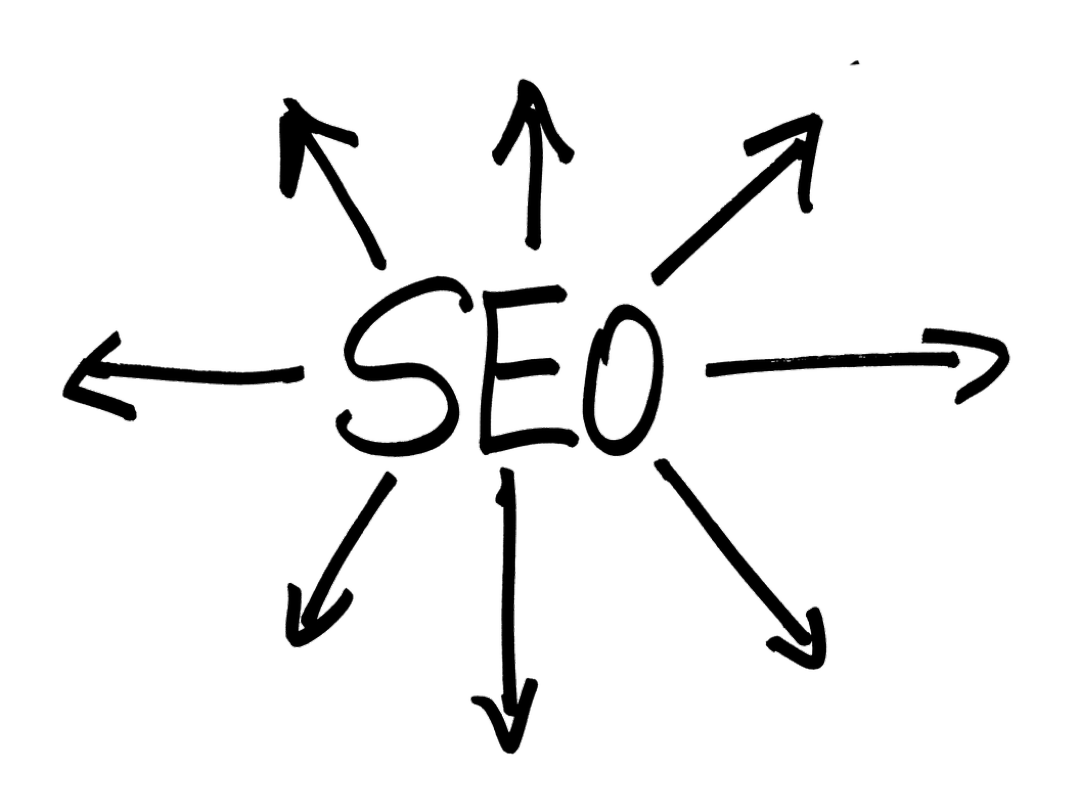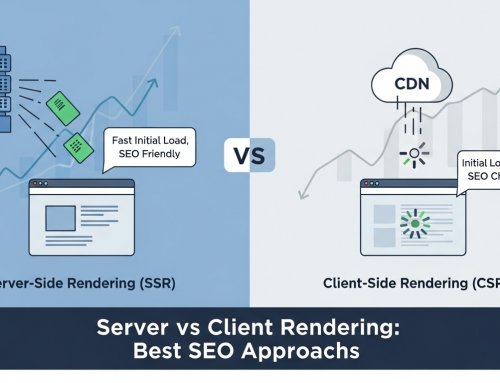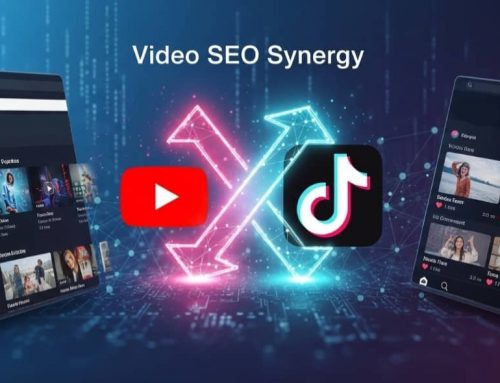Which Types of SEO Are There?
- On-page SEO: Any work you do on a website’s content to raise its search engine rankings, like utilizing pertinent keywords
- Off-page SEO: Anything you do to raise your website’s rankings off-page, like creating backlinks, is known as off-page SEO.
- Technical SEO: Everything you do that relates to the technical aspects of SEO, like increasing page speed
On-Page SEO
The process of optimizing individual web pages to raise their exposure and ranks in search engine results is known as “on-page SEO.” It includes a number of methods and components that are used right on the webpage. These are a few crucial elements of on-page SEO:
- Keyword Optimization
- Content Quality and Relevance
- Meta Tags
- URL Structure
- Headings and Subheadings
- Internal Linking
- User Experience (UX)
- Schema Markup
Off-Page SEO
The term “off-page SEO” describes the efforts you take outside of your website to boost its reputation and visibility in search engine results. While on-page SEO concentrates on improving specific website elements, off-page SEO builds external signals and establishes the authority and credibility of your website. Key elements of off-page SEO are as follows:
- Link Building
- Social Media Engagement
- Online Directories and Listings
- Online Reputation Management
- Influencer Outreach
- Content Marketing
- Brand Mentions
Technical SEO
The optimization of a website’s infrastructure and technical components to increase its crawlability and visibility by search engines is known as technical SEO. Its main goal is to make sure that search engines can quickly access, comprehend, and index the content on your website. A few crucial facets of technical SEO are as follows:
- Website Speed
- Mobile-Friendliness
- Indexing and Crawling
- Website Architecture
- SSL Certificate
- Canoniicalization
- Schema Markup
- XML Sitemap
- Website Analytics
Conclusion
When considering SEO types and what is required for your website to succeed, the following elements are crucial:
1. On-Page Optimization: This includes keyword research, content creation, meta tags, and internal linking to ensure that your website’s individual pages are optimized for search engines.
2. Off-Page Optimization: Building backlinks from reputable sources, social media signals, and brand mentions to increase your website’s authority and relevance.
3. Technical SEO: Ensuring that your website is technically sound, including aspects such as site speed, mobile-friendliness, and structured data markup.
4. User Experience (UX): Providing a seamless, intuitive, and valuable experience for your website visitors, including easy navigation, engaging content, and clear calls-to-action.
5. Content Quality: Creating high-quality, relevant, and valuable content that addresses the needs and interests of your target audience.
By integrating these components effectively, your website can improve its visibility, attract more organic traffic, and ultimately succeed in the competitive digital landscape.






